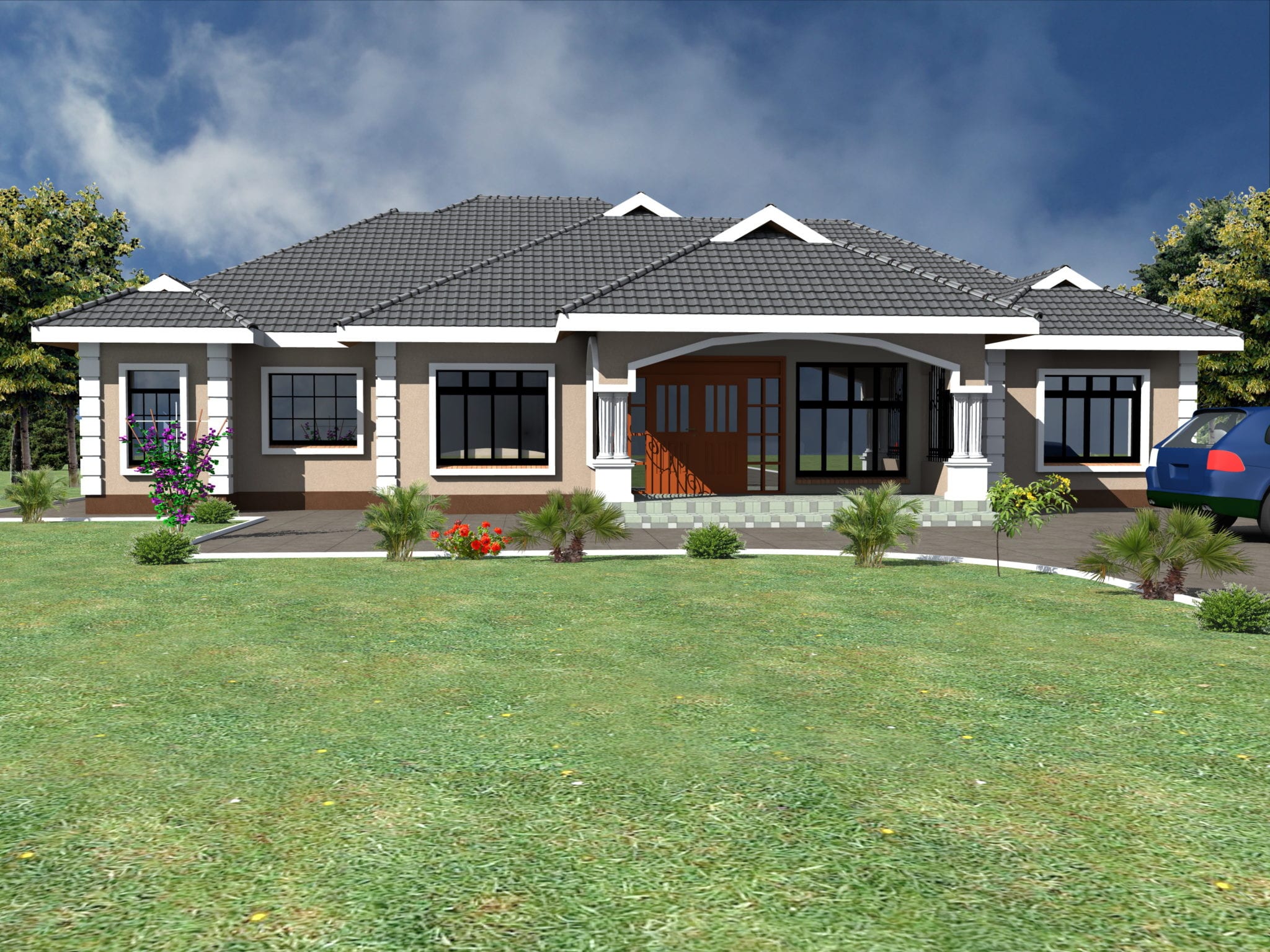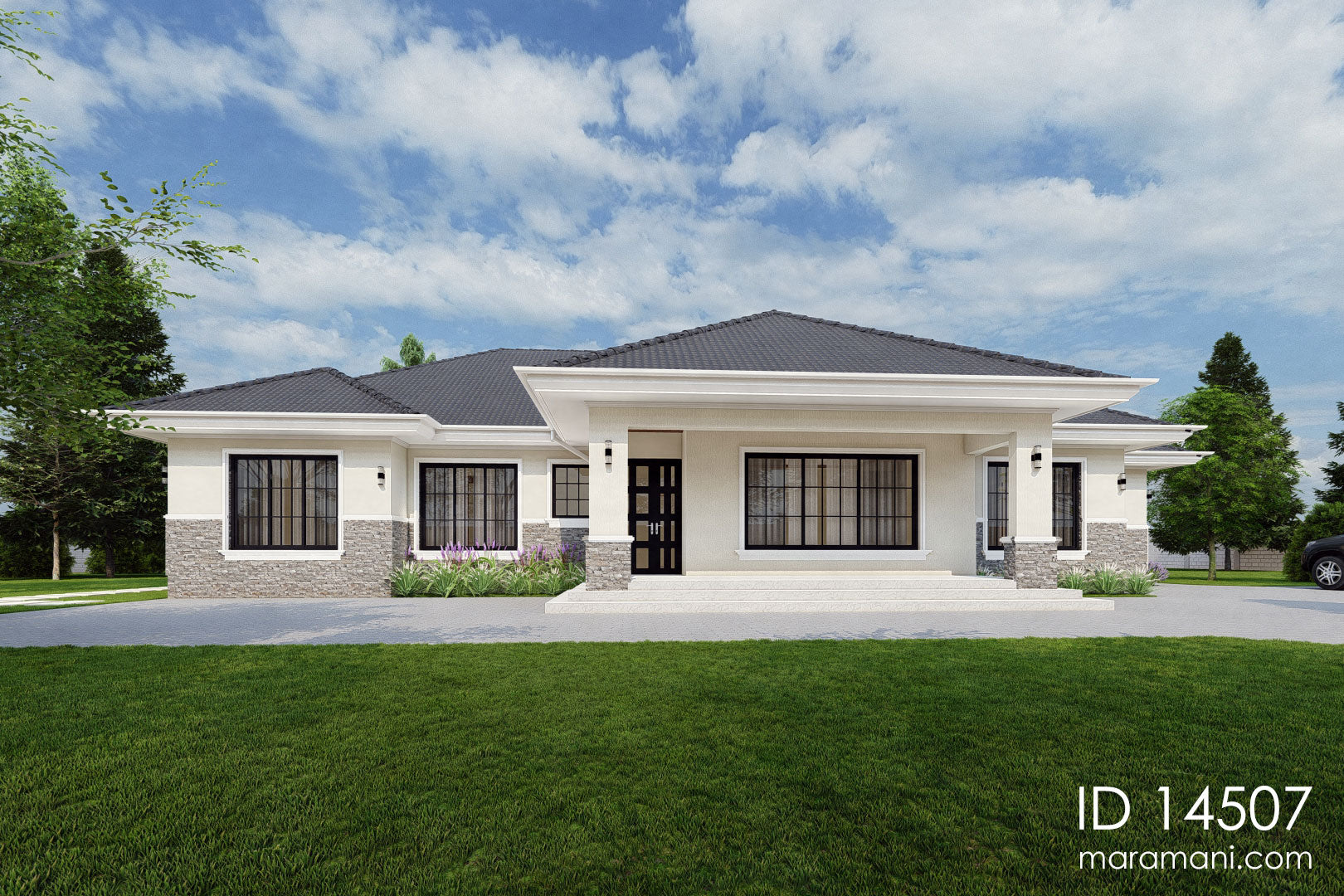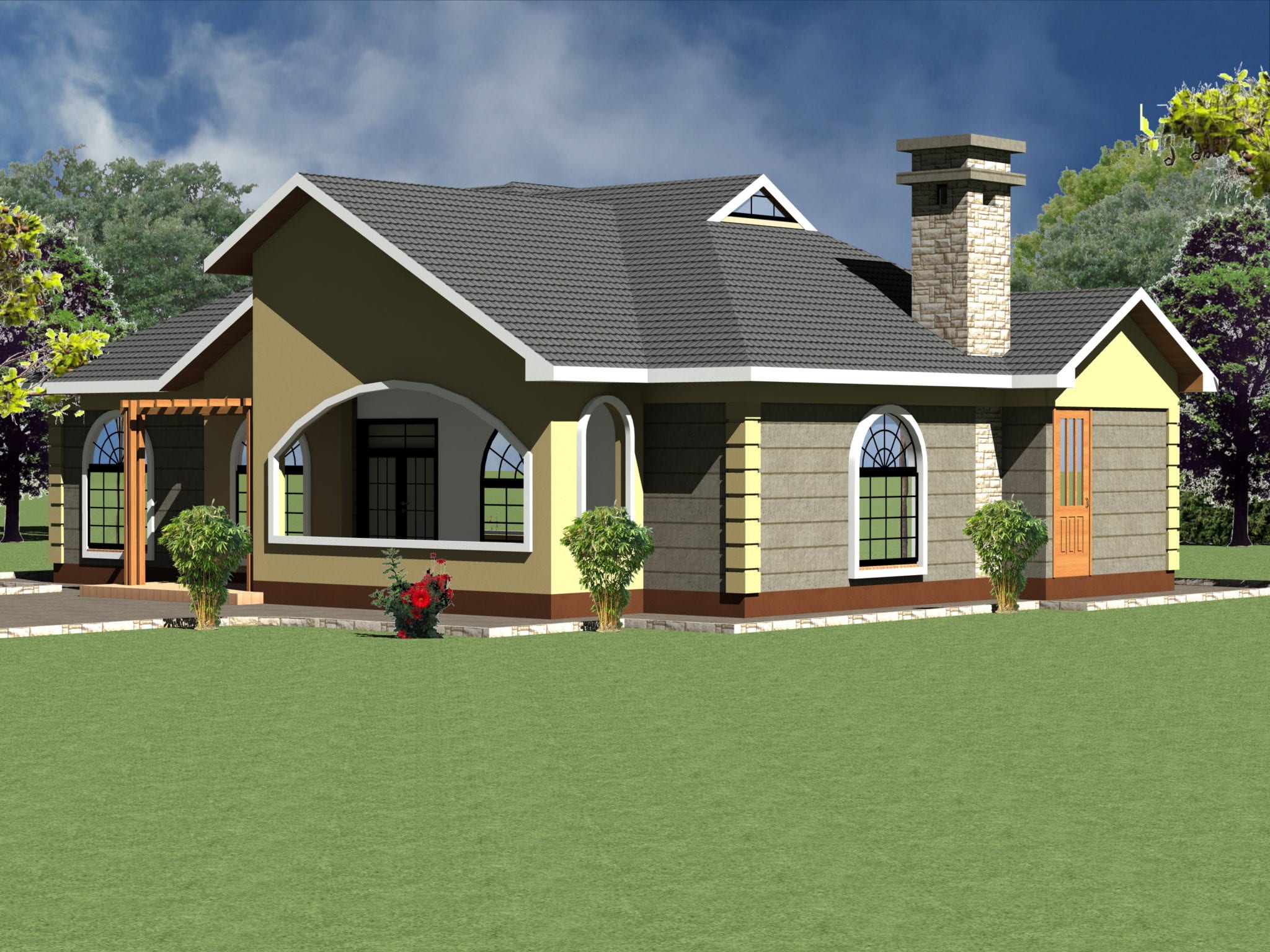Finding a 4-Bedroom House for $200,000

The current housing market is a complex landscape, with affordability being a major concern for many buyers. Finding a 4-bedroom house for $200,000 is a challenging goal, especially in areas with high housing costs. While it may seem like an impossible feat, there are strategies and approaches that can increase your chances of success.
Challenges in Different Regions
The availability of a 4-bedroom house for $200,000 varies significantly depending on the region and city. In major metropolitan areas like New York City, Los Angeles, or San Francisco, finding a 4-bedroom house within this budget is highly unlikely. However, in more affordable regions like the Midwest, South, or certain rural areas, it may be possible to find a suitable property within this price range. For example, in cities like Detroit, Michigan, or Memphis, Tennessee, you might find more options within this budget.
Strategies for Finding a Property
- Location Flexibility: Consider expanding your search beyond your initial preferred location. Look into suburbs or smaller towns surrounding larger cities, where prices might be more favorable.
- Negotiation Tactics: Be prepared to negotiate effectively. Research comparable properties in the area to understand market value and leverage that knowledge during negotiations.
- Financing Options: Explore different financing options, such as conventional loans, FHA loans, or VA loans. Consult with a mortgage lender to determine the best fit for your financial situation.
Pros and Cons of Buying a 4-Bedroom House for $200,000
- Pros:
- More Space: A 4-bedroom house offers ample space for a growing family, home office, or hobby room.
- Potential for Appreciation: In a stable market, the value of a house can appreciate over time, potentially leading to financial gains.
- Tax Benefits: Homeownership offers various tax benefits, such as deductions for mortgage interest and property taxes.
- Cons:
- Maintenance Costs: Owning a house comes with ongoing maintenance expenses, such as repairs, landscaping, and utilities.
- Limited Amenities: A 4-bedroom house for $200,000 may have limited amenities compared to more expensive properties.
- Potential for Higher Taxes: Property taxes can vary significantly based on location and the value of the property.
Exploring Affordable 4-Bedroom House Options: 4 Bedroom House 200k

Finding a 4-bedroom house for $200,000 can be challenging, but it’s not impossible. By exploring different types of homes, researching affordable areas, and considering various factors, you can increase your chances of finding a suitable property within your budget.
Comparing Types of 4-Bedroom Homes
Understanding the different types of 4-bedroom homes available within your budget is crucial for making an informed decision. Here’s a comparison of some common options:
| Type of Home | Average Price Range | Pros | Cons |
|---|---|---|---|
| Single-Family Home | $150,000 – $250,000 | More privacy, potential for customization, larger yard | Higher maintenance costs, potentially higher property taxes |
| Townhouse | $100,000 – $200,000 | Lower maintenance costs, often located in desirable areas, shared amenities | Less privacy, limited customization, potential for noise from neighbors |
| Duplex | $120,000 – $220,000 | Potential for rental income, lower overall cost, shared maintenance responsibilities | Less privacy, potential for conflicts with tenants, limited customization |
| Condominium | $100,000 – $200,000 | Lower maintenance costs, often located in desirable areas, shared amenities | Limited privacy, potential for HOA fees, restricted customization |
Finding Affordable Areas
Location is a key factor in determining affordability. Researching areas with lower property values and exploring neighborhoods outside of highly sought-after areas can significantly impact your budget. Consider factors like:
- Distance from major cities: Areas further from city centers often have lower property values.
- School districts: Schools with lower rankings might have more affordable housing options.
- Local amenities: Areas with limited amenities like parks or shopping centers might offer lower prices.
- Economic indicators: Areas with lower median income or unemployment rates might have more affordable housing options.
Fixer-Upper vs. Move-In-Ready
Choosing between a fixer-upper and a move-in-ready property involves weighing the pros and cons of each option.
Fixer-Upper
- Pros: Lower initial purchase price, opportunity for customization, potential for increased equity over time.
- Cons: Requires additional investment in renovations, potential for unexpected costs, time-consuming process.
Move-In-Ready
- Pros: Immediate occupancy, no renovation costs, less stress and hassle.
- Cons: Higher initial purchase price, limited customization, potential for outdated features.
Evaluating Affordability
While the purchase price is a significant factor, other expenses contribute to overall affordability. Consider:
- Property taxes: These vary by location and can significantly impact your budget.
- HOA fees: If you’re buying a condo or townhouse, HOA fees cover maintenance and amenities.
- Insurance: Home insurance premiums vary based on location, property value, and coverage.
- Utilities: Electricity, gas, water, and trash collection costs can vary by location and usage.
Remember to factor in these additional expenses when determining your overall affordability.
Alternative Approaches to Finding a 4-Bedroom Home

Finding a 4-bedroom house for $200,000 can be challenging, especially in competitive markets. However, there are alternative approaches that might offer more attainable options. These strategies require research, planning, and perhaps a willingness to think outside the box.
Building a Custom Home, 4 bedroom house 200k
Building a custom home can be a great way to get exactly what you want within your budget. You have complete control over the design, materials, and features, allowing you to make choices that align with your needs and preferences.
- Cost Savings: By choosing less expensive materials and simplifying the design, you can potentially reduce overall construction costs.
- Flexibility: Building a custom home allows you to tailor the size and layout to your specific family needs.
- Personalization: You can incorporate your unique style and preferences into the design, creating a home that truly reflects your personality.
However, building a custom home also presents certain risks and challenges.
- Time Commitment: The construction process can be lengthy, requiring significant time and effort.
- Budget Fluctuations: Construction costs can fluctuate, potentially exceeding your initial budget.
- Complexity: Building a home involves managing multiple contractors and navigating the permitting process.
Purchasing a Lot and Constructing a House
Similar to building a custom home, purchasing a lot and constructing a house provides greater control over the design and location. This approach allows you to choose a lot in a desirable area and build a home that meets your specific requirements.
- Location Flexibility: You can select a lot in a neighborhood that aligns with your lifestyle and preferences.
- Design Control: You have complete control over the architectural design, ensuring the home reflects your vision.
- Potential Appreciation: Investing in land can potentially lead to appreciation over time.
However, this approach also presents its own set of challenges.
- Higher Initial Investment: Purchasing a lot and building a house requires a significant upfront investment.
- Construction Costs: Construction costs can vary widely depending on location, materials, and design complexity.
- Permits and Regulations: Navigating the permitting process and adhering to local building codes can be time-consuming and complex.
Considering Multi-Generational Living Arrangements
Multi-generational living arrangements, where two or more generations live together under one roof, can be a viable option for families seeking affordable housing. This approach can provide financial benefits, emotional support, and shared childcare responsibilities.
- Financial Savings: Sharing living expenses can significantly reduce housing costs.
- Emotional Support: Living with extended family can provide a strong support network.
- Shared Childcare: Multi-generational living can create a collaborative environment for raising children.
However, it’s important to consider the potential challenges associated with multi-generational living.
- Privacy Concerns: Living in close proximity can create challenges regarding privacy and personal space.
- Lifestyle Differences: Generational differences in lifestyle and values can lead to conflicts.
- Decision-Making: Reaching consensus on shared living arrangements and household decisions can be difficult.
Exploring Co-Ownership or Shared Ownership Opportunities
Co-ownership or shared ownership models allow multiple individuals to purchase a property together, sharing the costs and responsibilities. This approach can make homeownership more accessible, particularly for those with limited financial resources.
- Reduced Financial Burden: Sharing the purchase price and mortgage payments reduces the financial burden on each individual.
- Shared Equity: Each co-owner gains equity in the property over time.
- Flexibility: Co-ownership arrangements can be structured to meet the specific needs and preferences of the individuals involved.
However, co-ownership also presents potential challenges.
- Decision-Making: Reaching agreement on shared decisions regarding the property can be difficult.
- Financial Risks: The financial responsibility for the property is shared, and the actions of one co-owner can impact the others.
- Exit Strategy: Determining a clear exit strategy for each co-owner in the event of a sale or dissolution of the arrangement is crucial.
Finding Off-Market Deals and Properties
Off-market deals refer to properties that are not publicly listed for sale. These opportunities can offer significant price advantages and potentially lower competition.
- Networking: Connect with real estate agents, investors, and local community members to gather information about potential off-market deals.
- Direct Mail Campaigns: Target specific neighborhoods or property types with direct mail campaigns to reach potential sellers.
- Online Platforms: Explore online platforms dedicated to connecting buyers and sellers of off-market properties.
However, finding off-market deals requires patience, persistence, and a willingness to explore unconventional approaches.
